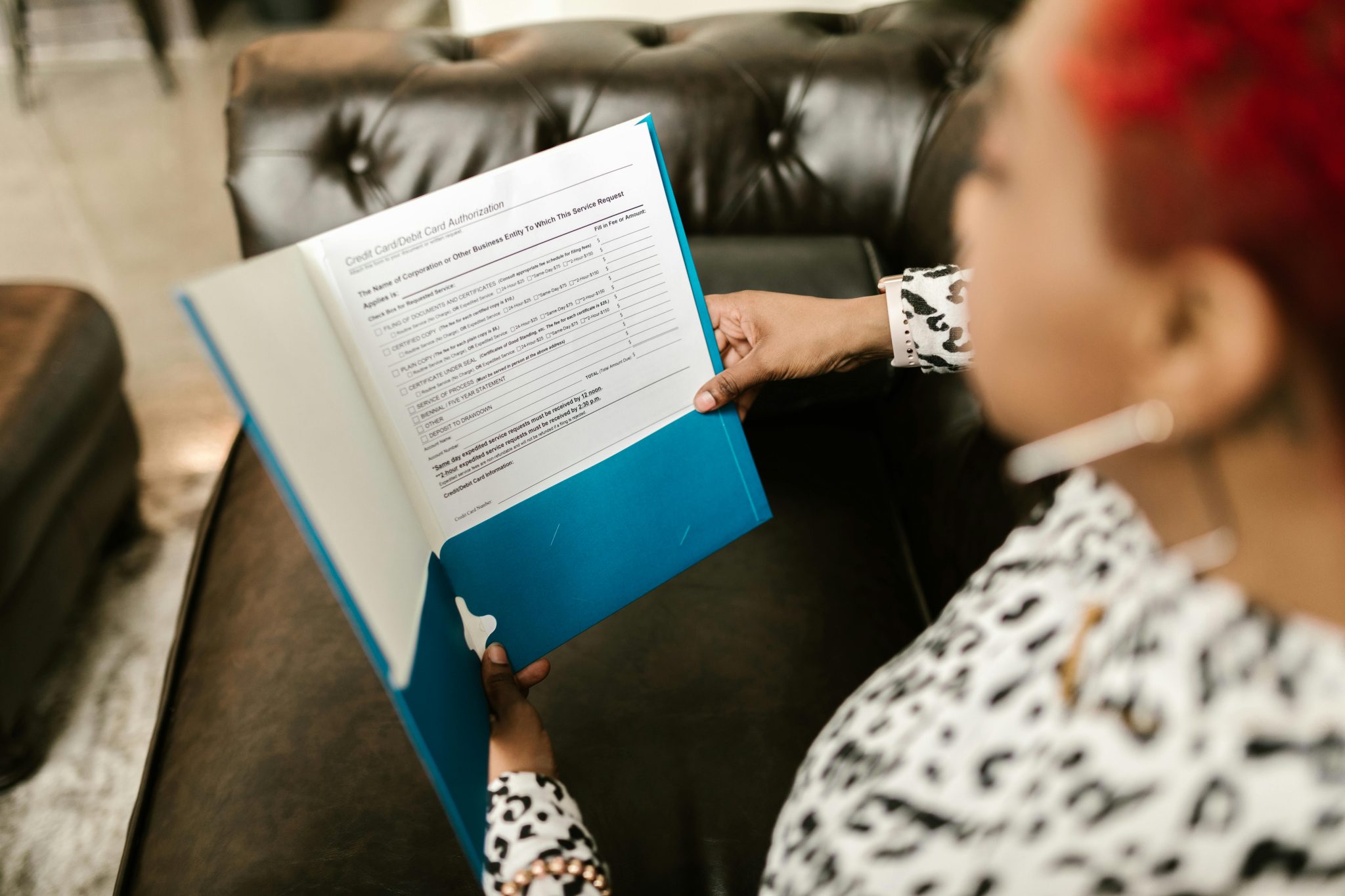Losing a loved one is absolutely heartbreaking for any family. When that loss is caused by someone else’s negligence, the pain is often made worse by the need to seek justice. A wrongful death claim provides a way for families to hold the responsible party accountable and recover financial support. However, the law gives families only a limited amount of time to take legal action.
Missing this deadline can mean losing the right to file a lawsuit entirely. For this reason, understanding the California time limit for wrongful death claims is essential for families navigating this challenging situation. This article explains how long families have to file and what factors can influence the process. By learning about these rules, families can protect their rights and take timely action. Knowing the deadlines helps ensure justice remains possible.
The Statute of Limitations in California
The statute of limitations is the legal deadline for filing a lawsuit. In California, families generally have two years from the date of death to file a wrongful death claim. This timeline applies regardless of the type of accident that caused the loss.
Failing to file within this period usually means the court will refuse to hear the case. The law is strict because it encourages timely action while evidence is still available. Understanding this deadline is the first step in pursuing justice.
Exceptions to the Rule
There are some situations where the two-year limit may be adjusted. For example, if the death was not discovered right away, the deadline may begin when the cause of death becomes known. Cases involving government entities may have much shorter timelines, sometimes requiring action within just a few months.
These exceptions can create confusion for families who are already struggling with grief. Having professional guidance can help ensure important deadlines are not missed. Acting quickly remains the safest way to protect the right to file a claim.
Who Can File a Wrongful Death Claim
Not everyone can bring a wrongful death lawsuit. In California, immediate family members such as spouses, children, and parents are typically the ones with legal standing. In some cases, other dependents may also be allowed to file.
This rule ensures the people most directly affected by the loss can seek compensation. An important step is figuring out who can file the claim. Courts follow these guidelines closely when reviewing wrongful death cases.
The Importance of Evidence
Building a wrongful death claim requires strong evidence. Families must show that negligence or misconduct directly caused the death. This often involves medical records, accident reports, and witness statements.
Since gathering evidence takes time, starting as early as possible is best. The stronger the evidence, the better the chances of achieving a fair outcome. Legal professionals play a key role in collecting and organizing this information for court.
Why Legal Guidance Matters
Navigating a wrongful death case is not something families should have to face alone. The process involves strict timelines, legal paperwork, and difficult negotiations. An attorney can help manage these challenges while families focus on healing.
They also ensure that deadlines are met and that the case is presented effectively. Having skilled guidance provides peace of mind during an otherwise overwhelming time. Legal support helps families pursue justice and financial stability after their loss.
Families in California generally have two years to file a wrongful death claim, but exceptions and special circumstances can shorten this time. Acting quickly is essential to preserve the right to seek justice and compensation.
From identifying who can file to gathering evidence, each step of the process matters. With experienced legal guidance, families can move forward with confidence even during a time of grief. While no amount of money can replace a loved one, taking action ensures accountability and provides support for the future.








